** "American Weasels" by E. Raymond Hall is a detailed scientific study from the early 21st century that deeply examines the Mustela genus, specifically exploring American weasels' unique traits. It thoroughly covers their bodies, actions, and the way they fit into their environments, highlighting their important part in the wild and their connections with people. The beginning of the book sets up a clear understanding of weasels by focusing on how they are built and how they act, particularly pointing out the nimbleness and hunting skills of the long-tailed weasel ("Mustela frenata"). Hall explains how weasels look, including how their fur changes color with the seasons, from brown in the summer to white in the winter, which helps them stay alive. The book brings up how things such as the environment, where they live, and how they behave affect how they adjust to their surroundings, and suggests that learning about their differences and how they interact in nature is important for understanding biology and ecology. **

American Weasels
By E. Raymond (Eugene Raymond) Hall
** Discover the secrets of a creature perfectly adapted to its environment, from its sleek body to its cunning hunting strategies, and understand its vital role in the American wilderness.
Summary
About the AuthorInformation on this author is scarce, but their work continues to inspire readers.
Information on this author is scarce, but their work continues to inspire readers.
More Like This
Explore books similar to the one you're viewing
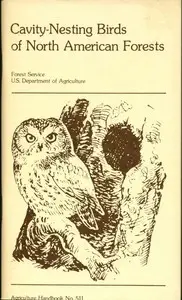
Cavity-Nesting Birds of North American Forests Agriculture Handbook 511
By Virgil E. Scott
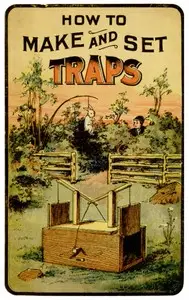
How to Make and Set Traps Including Hints on How to Trap Moles, Weasels, Otter, Rats, Squirrels and Birds; Also How to Cure Skins
By J. Harrington (John Harrington) Keene
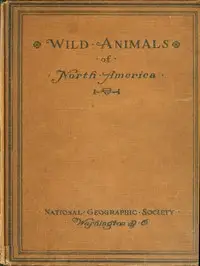
Wild Animals of North America Intimate Studies of Big and Little Creatures of the Mammal Kingdom
By Edward William Nelson
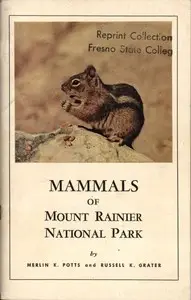
Mammals of Mount Rainier National Park
By Merlin K. Potts
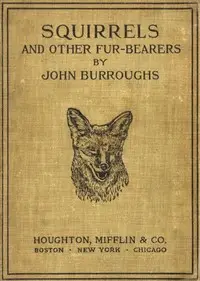
Squirrels and Other Fur-Bearers
By John Burroughs

A Synopsis of the North American Lagomorpha
By E. Raymond (Eugene Raymond) Hall
![Natural History of the Prairie Vole (Mammalian Genus Microtus)
[KU. Vol. 1 No. 7] by E. W. (Everett Williams) Jameson](https://cdn.a2-host.cloud/2h3Ido_-IrL7w_UM5MgpkTWfkYPfi8JVxNGHCM8Abic/rs:fill:215:325:0/g:ce/aHR0cHM6Ly9zcC1hc3NldHMuczMudXMtd2VzdC0wMDQuYmFja2JsYXplYjIuY29tL2Jvb2svMzYyODYvTmF0dXJhbF9IaXN0b3J5X29mX3RoZV9QcmFpcmllX1ZvbGVfTWFtbWFsaWFuX0dlbnVzX01pY3JvdHVzX0tVX1ZvbF8xX05vXzdfY292ZXIuanBn.webp)
Natural History of the Prairie Vole (Mammalian Genus Microtus) [KU. Vol. 1 No. 7]
By E. W. (Everett Williams) Jameson
More by This Author
Discover other books written by the same author

Pipistrellus cinnamomeus Miller 1902 Referred to the Genus Myotis
By E. Raymond (Eugene Raymond) Hall

A New Pocket Gopher (Thomomys) and A New Spiny Pocket Mouse (Liomys) from Michoacán, Mexico
By E. Raymond (Eugene Raymond) Hall

Comments on the Taxonomy and Geographic Distribution of Some North American Rabbits
By E. Raymond (Eugene Raymond) Hall

A Synopsis of the North American Lagomorpha
By E. Raymond (Eugene Raymond) Hall

Two New Pocket Gophers from Wyoming and Colorado
By E. Raymond (Eugene Raymond) Hall

A New Pocket Gopher (Genus Thomomys) From Wyoming and Colorado
By E. Raymond (Eugene Raymond) Hall
Related by Category
Discover books in the same genre or category
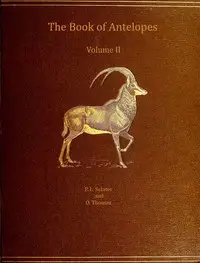
The book of antelopes, vol. 2 (of 4)
By Philip Lutley Sclater
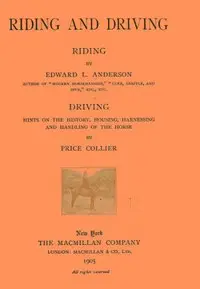
Riding and Driving
By Edward L. (Edward Lowell) Anderson

Descriptions of New Hylid Frogs From Mexico and Central America
By William Edward Duellman

Clever Hans (The Horse of Mr. Von Osten) A contribution to experimental animal and human psychology
By Oskar Pfungst
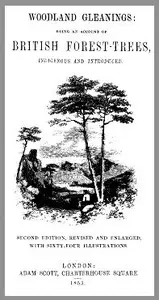
Woodland Gleanings: Being an Account of British Forest-Trees
By Robert Tyas

The Burgess Bird Book for Children
By Thornton W. (Thornton Waldo) Burgess
Account Required
You need an account to complete this action.
